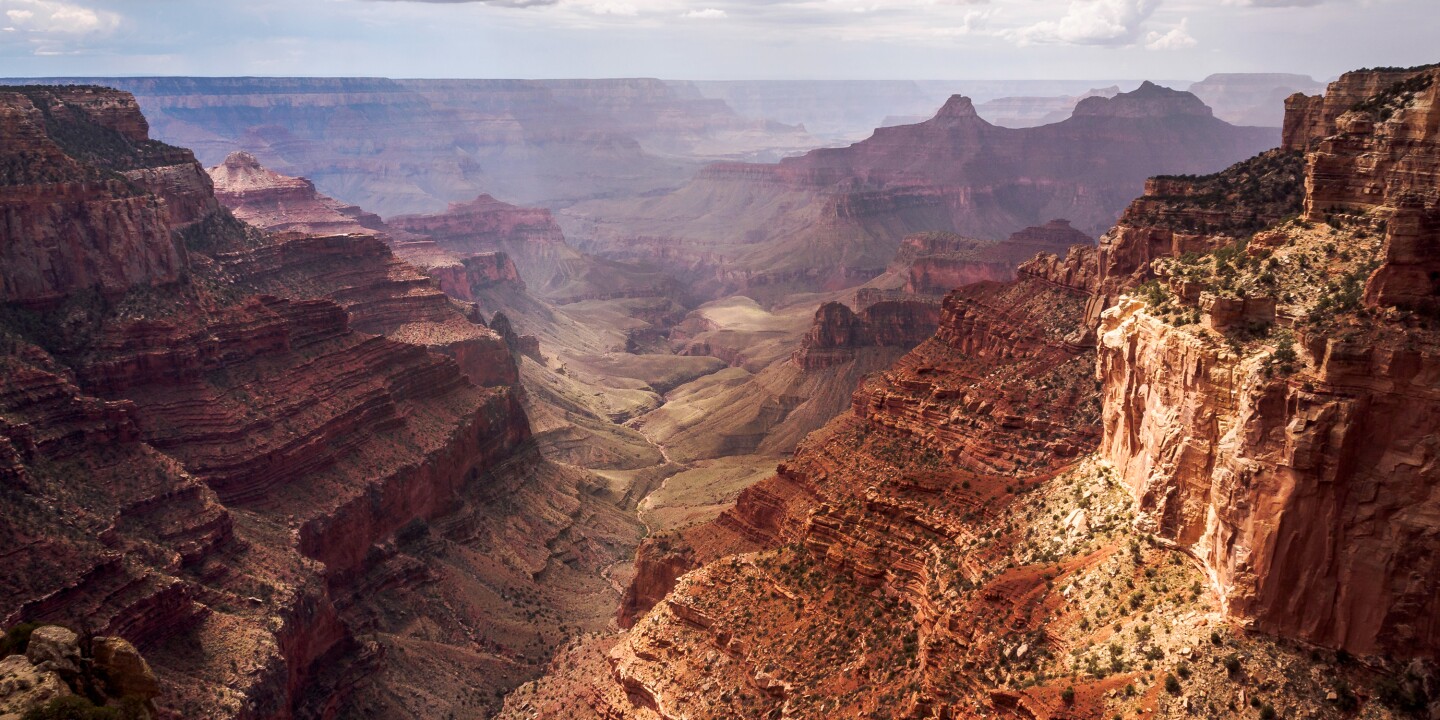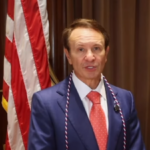After a summer plagued by wildfires and evacuations, parts of the Grand Canyon’s rugged North Rim have reopened to tourists, but the timing is complicated.
The phased reopening, which began Oct. 1, coincided with the first day of a federal government shutdown that furloughed thousands of National Park Service (NPS) employees and left many park operations with minimal or no staff.
This partial reopening comes in the wake of the Dragon Bravo fire, which was caused by lightning and struck the high country in July, destroying the historic Grand Canyon Lodge, several cabins, and the visitor center.
“This is the first of several phased reopenings planned for the North Rim, and we appreciate the public’s patience as we work diligently to restore access,” Grand Canyon National Park Superintendent Ed Keeble said in a press release. NPS added that “all other areas of the North Rim remain closed until further notice due to safety concerns and ongoing recovery efforts related to impacts from the Dragon Bravo Fire.”
The newly reopened park includes Highway 67 with access to W1 Road (near mile marker 11), Cape Royal Road (which provides access to Point Imperial and Cape Royal Lookouts), Fire Point, and Swamp Ridge.
Trails south of Cape Royal, including North Kaibab, Widforth, Transept and Ken Patrick, remain closed due to lingering safety hazards and ongoing recovery efforts. Additionally, the North Rim Campground is closed for the season. Visitors who want to experience the rugged wilderness of the North Rim, which straddles trails such as Cape Final and Roosevelt Point, where mule deer and condors are common, should act early. It will only be accessible until November 30, 2025, or until it closes earlier due to snow or road conditions.
Impact of government shutdown
The federal government shutdown has complicated the already complicated reopening of the North Rim.
According to the Grand Canyon Conservancy, the park’s official nonprofit partner, “The Grand Canyon is open and accessible, including the park’s roads, observation decks, and trails.” However, park visitors should note that all NPS-operated buildings are closed (including the visitor center, museum, and NPS-operated information desk on the more popular south rim of the canyon). Travelers should check the NPS North Rim Status page for the latest conditions before visiting.
Admission fees will not be collected while funds are expired. Loss of operating revenue during an already costly recovery phase can be difficult for protected lands. Nearly 9,300 of the 14,500 NPS employees have been furloughed, according to an emergency plan published by the Interior Department. This means minimal personnel are available to oversee maintenance, emergencies, and enforcement. Previous closures have highlighted a number of problems that can be caused by understaffing, including delayed response to hazards, neglected infrastructure, and damage to cultural and natural resources in heavily used parks.
Are Grand Canyon hotels closed?
Grand Canyon Lodges, the South Rim’s commercial concession operator, issued a warning that its lodges, restaurants, gift shops and services will remain open during the closure, provided park entrances and roads remain open.
Given the extent of the closure and post-fire reconstruction, it is unlikely that the North Rim will be fully operational again before 2026. Still, newly renovated hotels are opening along the park’s entrances and exits, including Marble Canyon Lodge, a revitalized motor lodge near Lee’s Ferry on the Colorado River, and Trailborn Grand Canyon, a 96-room Western-style hotel in Williams, Arizona. And a slow but steady recovery is underway. The quiet rim of the Grand Canyon is starting to come alive again.
Related: Grand Canyon Beginner’s Guide








